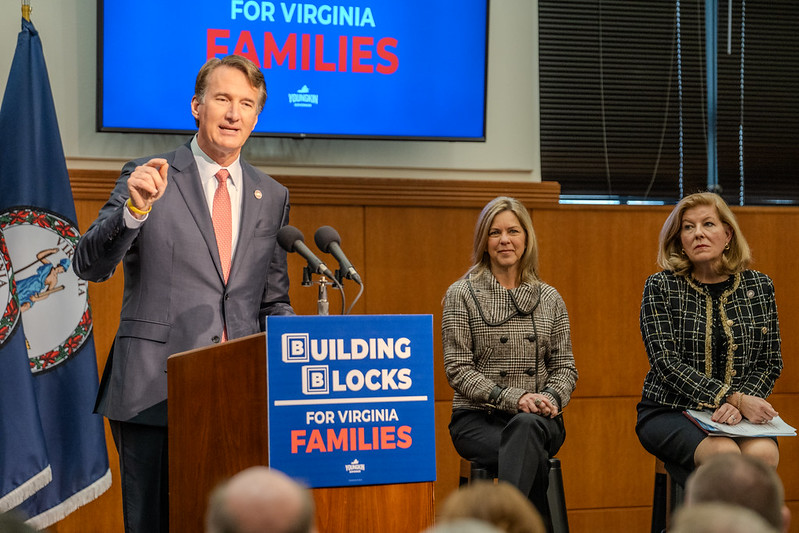
With the last pandemic-era expansions of federal child care aid to states set to end next year, Gov. Glenn Youngkin is proposing to put $448 million into the commonwealth’s early learning and child care system in each of the next two years.
“The reality is that in March 2024, without significant reforms to improve this long-term viability of our child care programs, we would otherwise see children simply being kicked out of these most important collaborations that enable families to realize their dreams and so we can’t leave families, parents and their children without options,” said Youngkin at a press conference for his “Building Blocks for Virginia Families” initiative Thursday.
The funding will be part of Youngkin’s proposal for the state budget over the next two years, which he is scheduled to present to lawmakers Dec. 20. The General Assembly, which Democrats will narrowly control when the session begins this January, will use that proposal as the jumping-off point for their own spending plan.
While the administration has not yet provided a detailed breakdown of how all of the $448 million would be spent, a document provided to reporters includes a list of priorities. They include the desire to “ensure every low-income working family that currently receives public support continues to have access to early childhood and afterschool programs,” “accelerate parent choice, from home-care providers and public school preschools to community co-ops and private day centers,” and require all early childhood programs to “annually measure and report unmet parental demand and preference.”
A few priorities have dollar figures attached: The proposed investment includes $25 million to develop public-private partnerships in areas with child care shortages, $10 million in educator incentives and $1 million to launch early learning and child care accounts on a digital wallet platform for families with children under five. Families can use the wallets to accept funds from such groups as employers, local governments and family members.
Additionally, the plan calls for streamlining teacher licensure requirements and “rightsizing” student-teacher ratios.
“This is about an opportunity for success,” Youngkin said, “and it starts with success for families.”
Kathy Glazer, president of the Virginia Early Childhood Foundation, called the proposal “a remarkable commitment to Virginia’s children and families.”
“By sustaining access to quality, affordable early childhood care and education services, these investments will help unlock the potential of all children and keep Virginia on the path to economic success,” she said in a statement.
An October report by Virginia’s Joint Legislative Audit and Review Commission found approximately 1.1 million children in Virginia aged 12 and younger need child care, and the majority of Virginia families find care to be unaffordable. Read More
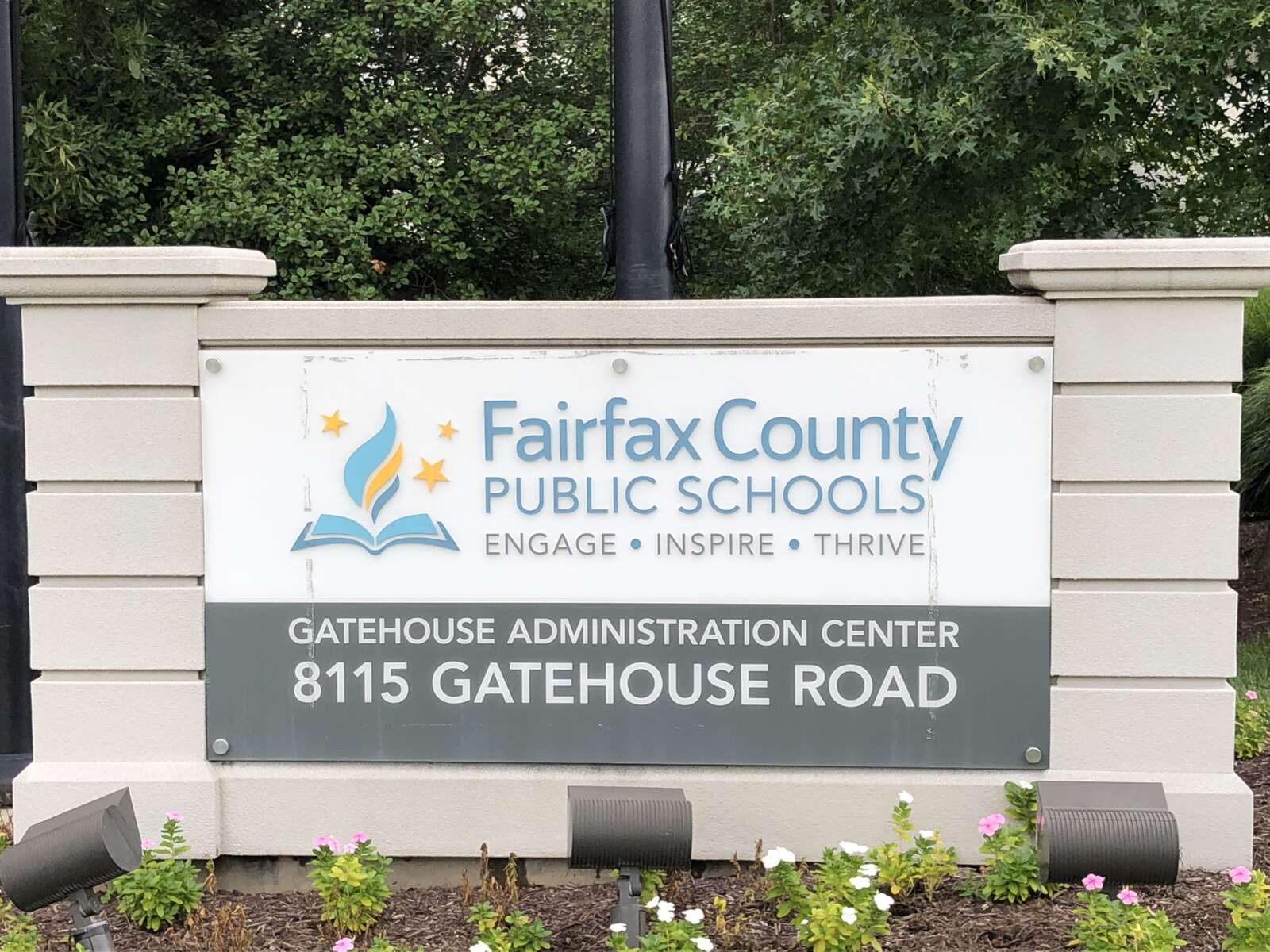
(Updated at 11:25 a.m.) The Fairfax County School Board will vote next week on $847,000 in funding for security cameras at nine elementary schools.
That project is among those that could be funded as part of Fairfax County Public Schools’ midyear budget review, which Chief Financial Officer Leigh Burden presented to the board on Monday (Dec. 4).
FCPS has also proposed allocating $100,000 to cover costs associated with renaming Woodson High School after Carter G. Woodson. The change from former FCPS superintendent W.T. Woodson was approved on Nov. 9 and will take effect with the 2024-2025 school year.
“Historically, renaming costs have typically been about $300,000, but many items at Woodson just say ‘Woodson,’ so those items will not have to be replaced,” Burden said.
The board-authorized funding for security cameras would supplement money the county has received from two Virginia Department of Education grants to fund security cameras at eight elementary schools.
“Prioritization is determined by the building age, the number of existing cameras, the number of incidents at a school location as well as access to uninterrupted power,” Burden said in her presentation.
The elementary schools slated to receive funding through the mid-year budget review are Deer Park, Coates, Springfield Estates, Bull Run, Terra Centre, Greenbriar East, Freedom Hill, Bush Hill and Graham Road.
Another eight schools — Pine Spring, Great Falls, Fort Hunt, Sunrise Valley, Newington Forest, Rose Hill, Forest Edge and Glen Forest — will get cameras through the VDOE grants, which had different criteria for each application, according to an FCPS spokesperson.
When selecting the schools, FCPS considered factors such as the number of students eligible for free and reduced meals, the number of incidents at a given school, when the school was built, the availability of uninterrupted power and how many other schools in each region already had security cameras, the spokesperson told FFXnow.
Superintendent Michelle Reid told the school board in May that about half of the elementary schools in FCPS had exterior video cameras, along with all high schools. Installations at all middle schools were expected to finish this year, and she hoped to expand the program to all elementary schools in the “near future.”
Overall, FCPS has just over $6.1 million in additional funding to allocate in its mid-year budget review, most of which comes from higher-than-anticipated sales tax revenue identified after the end of fiscal year 2023, according to Burden. About $1 million comes from federal Individuals with Disabilities Education Act grants, which support the school operating fund, she said.
The mid-year budget review also includes $88,000 to support restorative justice interventions and $80,000 for improvements to power sources used for Advanced Placement digital testing at select high schools. About $3.1 million would be held for fiscal year 2025, which starts on July 1, 2024.
“We generally like to try to keep the beginning balance around the same level as it is in the previous year because otherwise, if it’s less than that, then that just increases the local request to the county,” Burden said.
Braddock District Representative Megan McLaughlin asked about funding for school maintenance and repairs. She suggested Reid confer with Janice Szymanski, chief of facilities services and capital programs, and her team about addressing some “backlog maintenance issues” ahead of the board’s vote on Dec. 14.
“We just keep telling our communities, in particular our athletic boosters that work hard, tirelessly, year after year to bring money to the table, and then to get told, ‘We’re sorry we promised you that repair project, but there’s no money dedicated to it,’” McLaughlin said. “I think we’re losing faith and support and confidence from our families when we make promises and then we don’t deliver.”
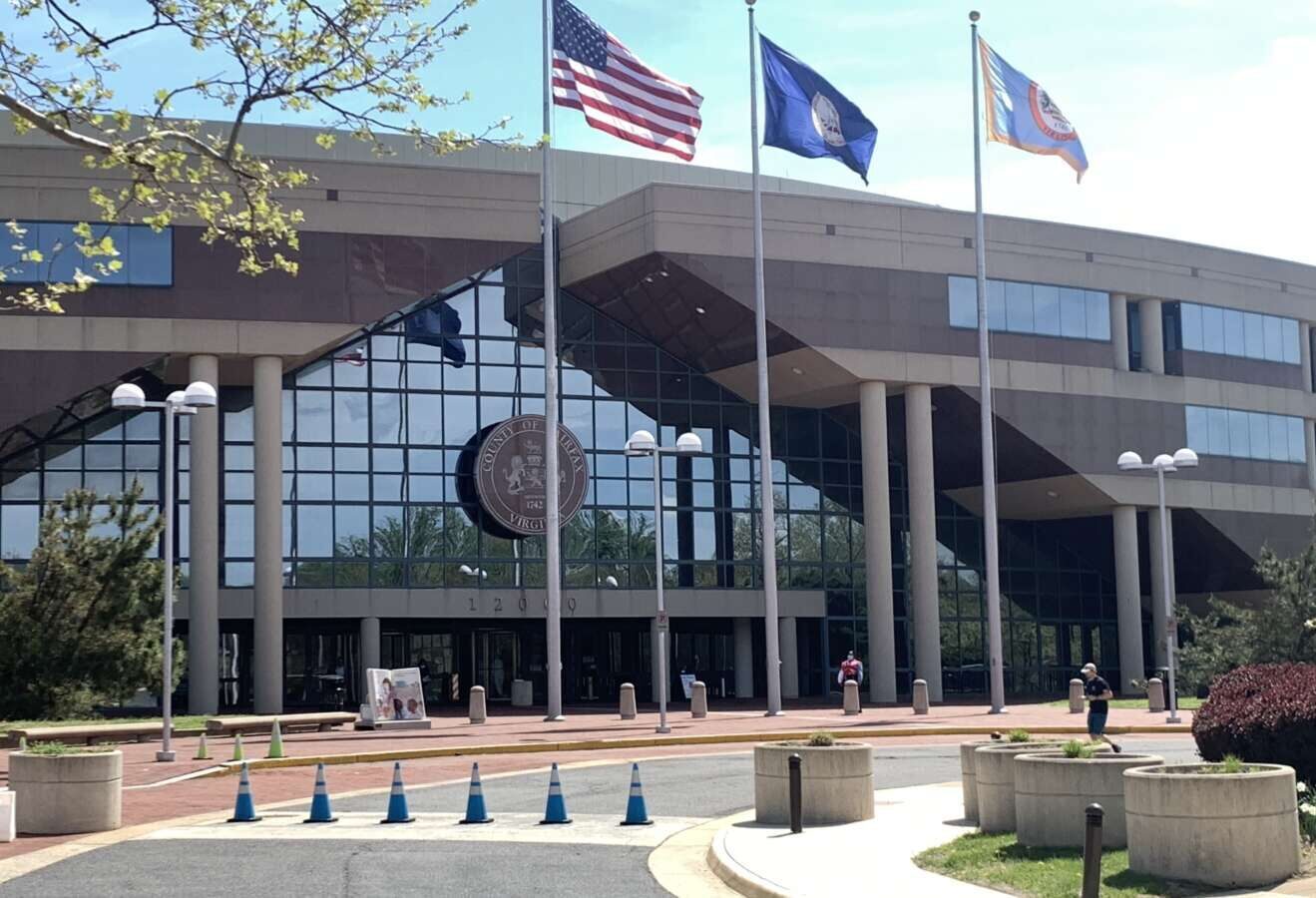
Anticipating slow growth in the real estate tax base and only a modest increase in general fund revenues, local officials are preparing for a slim budget in the next fiscal year.
At a joint meeting on Tuesday (Nov. 28), the Fairfax County Board of Supervisors and the school board got an early forecast of projected revenues, expenditures and general priorities for the county government and public school system’s fiscal year 2025 budgets.
Christina Jackson, the county’s chief financial officer, emphasized that the forecast is an early estimate of the budget.
“We recognize that this was going to be a challenging year,” said Jackson.
County officials anticipate a combined net budgetary shortfall of $284.5 million.
Based on last month’s projections, non-residential tax revenue is expected to grow by 1.9% from the current fiscal year 2024 rate of 3.6%. In fiscal year 2023, non-residential tax revenue stood at 7.3%.
That’s coupled with substantially lower growth in the real estate tax base for next year — a mere 1.7% compared to 6.6% in the current fiscal year. The residential real estate market has softened as a result of high mortgage rates, but values are still expected to increase by 2.1% due to low supply, county staff said.
Funding conversations continue in the background of a study that found Virginia’s school divisions receive 14% less funding from the state than the average for all 50 states.
Calling the state’s underfunding “a generational wrong,” McKay said the report by the Joint Legislative Audit and Review Commission (JLARC) is a critical opportunity to shift the statewide conversation about the state’s funding formulas.
“This study can either collect dust and be ignored, or this study can be acted on and Virginia can get ahead of West Virginia and Kentucky, which frankly should embarrass everyone who lives in Virginia,” McKay said.
Ricardy Anderson, who represents Mason District on the school board and chairs the board’s budget committee, highlighted the space constraints that Fairfax County Public Schools already faces.
“We cannot trailer our way out of this issue, because the schools are growing,” she said, noting that at one school, the entire fifth grade is housed in trailers.
She suggested that the county restart a conversation about adopting a meals tax in order to generate revenue. County voters rejected a referendum in 2016, but the General Assembly approved a bill in 2020 that gave counties the authority to tax food and beverages without a referendum. Read More
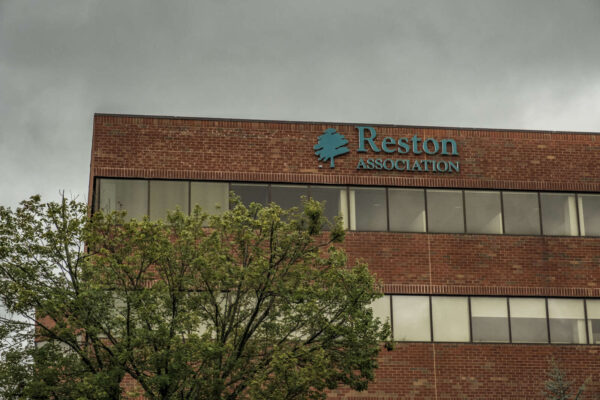
Reston Association’s Board of Directors has increased the annual member assessment by 7% as part of its $22.1 million budget for next year.
At a special meeting on Nov. 20, the board set the assessment at $817, up from $763 last year.
In a change from previous years, the fee includes recreational passes for members. Director Jennifer Jushchuk cast the lone dissenting vote against the proposed assessment.
The budget also includes increased lifeguard salaries and a 4% increase in boat mooring, garden plot rentals and other fees. The cost of non-member recreational passes was also bumped up by 35%.
“We heard consistently throughout the year that our members value our recreational amenities; however, things like pool availability and recreational fees were barriers to many of our families,” RA CEO Mac Cummins wrote in a statement. “We wanted to provide a budget that prioritizes what our members have told us they value most.”
At the meeting, board president John Farrell lamented that the fee is higher than necessary, because 3,000 residential units are “freeloading” off of RA by using its facilities without formally joining the association.
“This assessment is not as low as I’d like it to be, but I think it’s the lowest one that we can adopt with reasonable business judgment,” Farrell said. “The problem is this assessment is about $100 to 120 higher than it should be because we have 3,000 units that are freeloading.”
Member assessments, which are paid by all RA property owners, are due by Jan. 1. In a press release, RA notes that “the vast majority” of its revenue comes from the annual fees, paying for programs, facility maintenance and other operations.
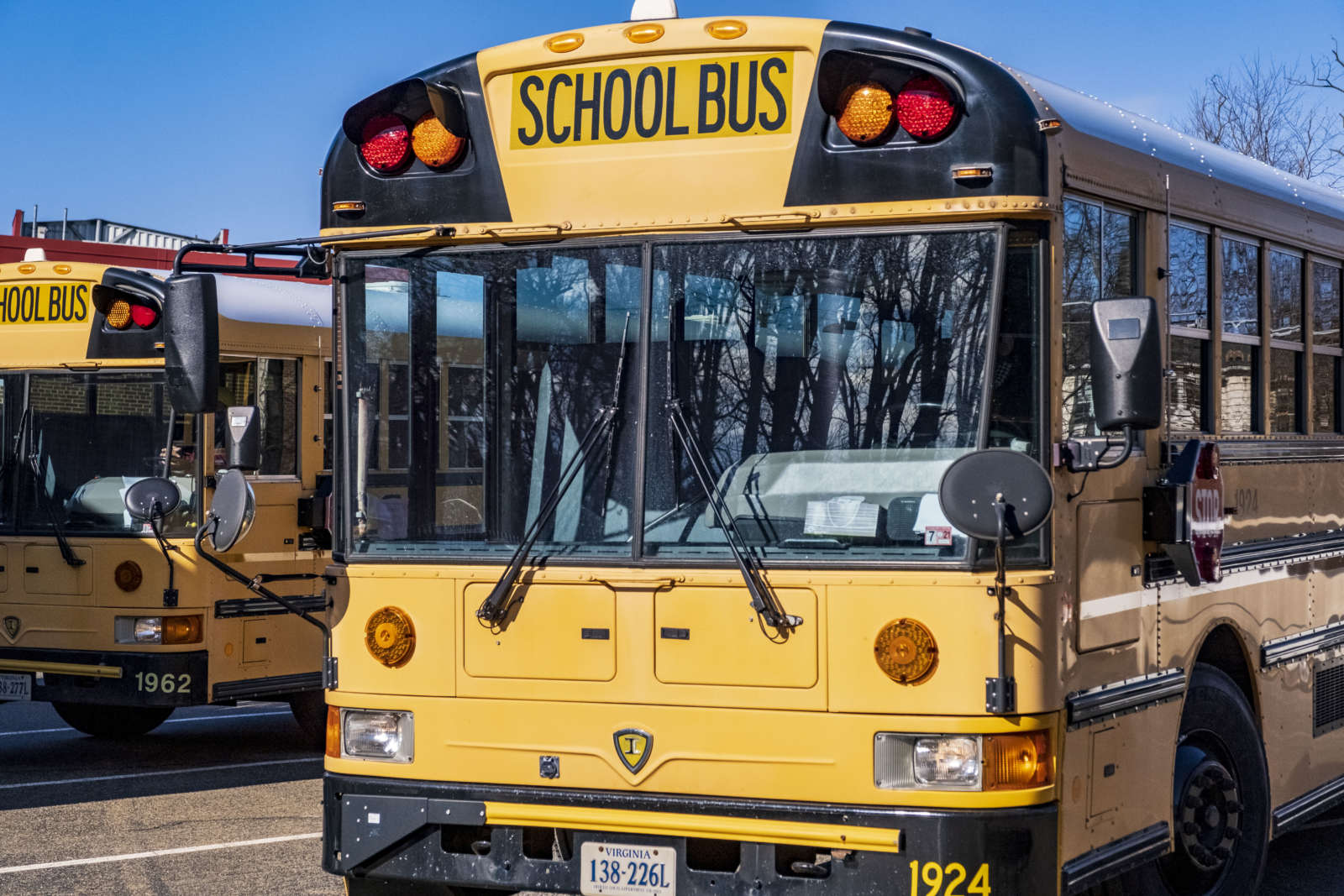
Before the new class of General Assembly members takes office in January, they are facing a push from local government leaders to quickly address Virginia’s historical underfunding of its school divisions.
In September, the General Assembly convened a group to examine how the state’s funding formulas could be updated to fix the problem, with recommendations due next November, ahead of the 2025 legislative session. However, many local governments say the timeline needs to be faster and are urging the legislature to take action immediately, at the start of the new budget cycle.
“We’re not asking for anything additional from the state,” said Jason Bellows, president of the Virginia Association of Counties. “We’re just asking them to fully fund their agreed commitments of their fair share.”
This July, the Joint Legislative Audit and Review Commission, which conducts analysis and provides oversight of state agencies on behalf of the General Assembly, found that Virginia schools receive 14% less state funding than the 50-state average, equal to roughly $1,900 less per student.
Part of the problem, the report found, was that complicated funding formulas underestimate how much divisions need: In fiscal year 2021, for example, schools spent $6.6 billion more than was allocated by the Standards of Quality formula, which is used to calculate how much the state must contribute to fulfill its constitutional obligation to maintain high-quality public school systems.
Perhaps more significantly, during the Great Recession, state funding levels dropped dramatically and the legislature imposed a “support cap” limiting the number of support positions the state would fund. Positions affected by the cap included central office and administrative, technical, clerical, maintenance and instructional support positions.
But despite the state’s financial recovery following the recession, funding levels have never been fully restored, and the support cap was only partially lifted by the last state budget negotiated late this summer.
Many local governments weren’t surprised by JLARC’s findings, which they say validate years of school divisions arguing the state inadequately funds public education.
Bellows said public education is supposed to be a “50-50 share” between the state and local governments, with the federal government helping as necessary.
“The local governments have been stepping up to the plate and funding public education well above what we are required to do because the state, in their minimum requirements, can’t get the job done,” he said. Read More
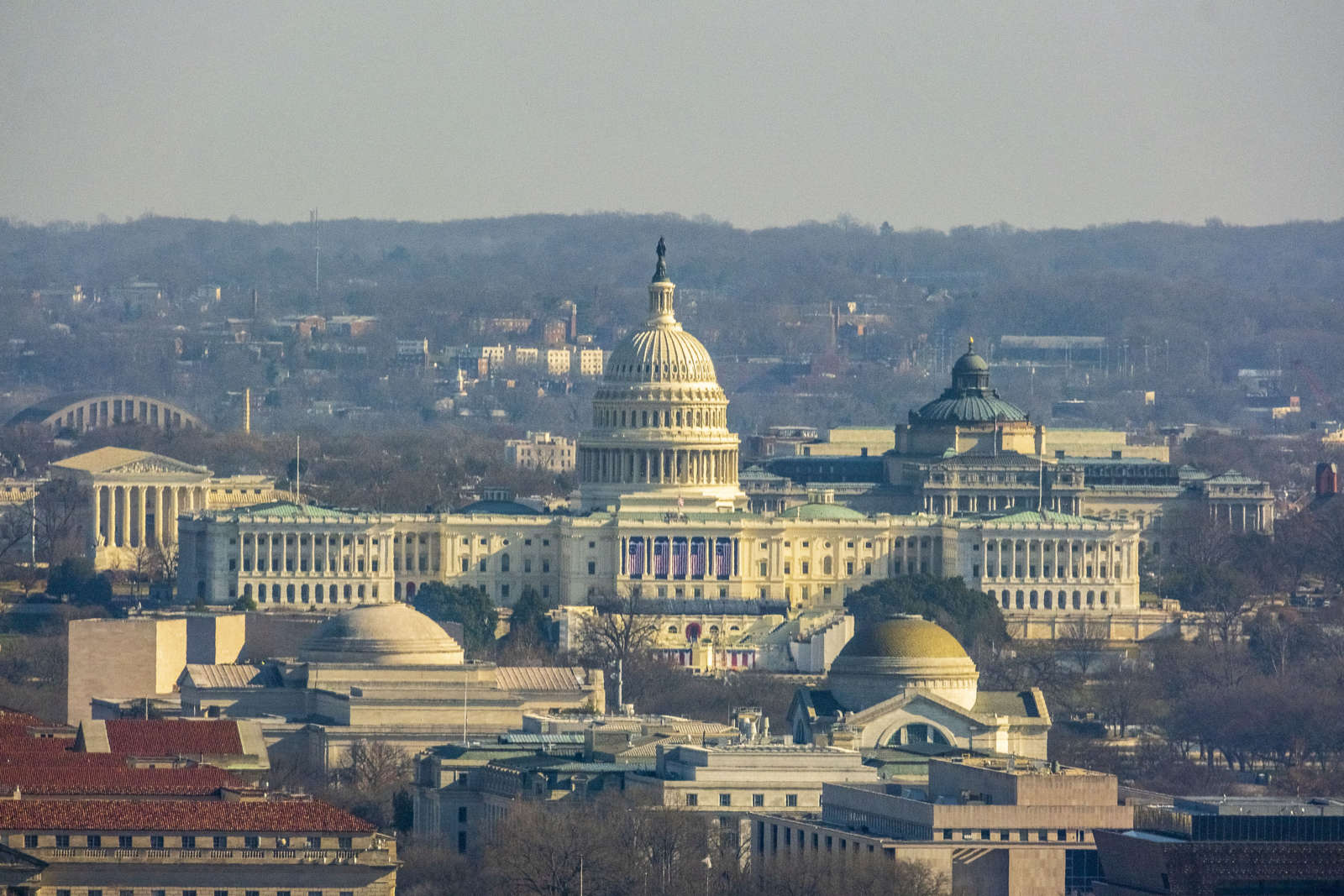
The Greater Reston Chamber of Commerce is joining other local chambers and the Northern Virginia Regional Commission to offer help to federal government employees and contractors if the government shuts down.
Local businesses can sign up online to offer a discount in the event Congress fails to pass a budget by this Friday, Nov. 17.
“Northern Virginia’s business community has always been generous in a time of need,” NVRC Chairman and Alexandria Council Member John Chapman said. “This effort is just one way we can let our friends and neighbors know that working together we can help those who are impacted by this unnecessary shutdown.”
Interested businesses can go online to sign up to list a discount. They must provide their location, contact information and a description of the discount offered.
So far, the chambers taking part in the initiative include Arlington, Greater Reston, Loudoun County, Prince William County and Purcellville Business Association.
NVRC is a council of 13 local governments in the Northern Virginia area. According to the organization’s senior regional demographer, Northern Virginia jurisdictions averaged 73,318 federal government jobs, as of the end of 2022, not including the region’s many federal contractors and military workers stationed at Fort Belvoir and other sites.
The federal government was on the verge of shutting down, starting Oct. 1, until lawmakers passed a last-minute, stopgap budget that would keep federal agencies and services like WIC — the program that provides food assistance to women and children — going until Nov. 17.
However, Congress still has not developed a new, longer-term plan to keep the lights on in Washington, as disagreements over emergency aid for Ukraine and Israel, among other issues, have stymied negotiations.
House Republicans unveiled a proposal on Saturday (Nov. 11) that would provide funding in two steps, covering some bills until Jan. 19 and others until Feb. 2, according to NBC News.
“Democrats in both chambers have made it abundantly clear that they hate the idea, as does the White House — all of whom want a simple extension of government funding without any gimmicks,” NBC News said. “Democrats’ unified opposition to the laddered [continuing resolution] could mean the House will ultimately have to swallow whatever clean or relatively clean CR the Senate passes.”

All Fairfax County Public Schools employees will get a bump in their paychecks, starting next year, after the school board unanimously approved 2% raises last week.
The additional pay was made possible by the budget that the Virginia General Assembly belatedly adopted in early September, which provided money to raise teacher salaries across the state. But school board members and FCPS workers argue that overall state funding for education falls far short of what they need.
“While the 2% raise is a start, it is clearly insufficient in ensuring our professionals are compensated at their full value, nor does it bridge the gap enough for family liaisons, drivers, [instructional assistants] and others to earn a wage that allows them to reside in Fairfax County,” Mason District Representative Ricardy Anderson, chair of the school board’s budget committee, said before the vote on Thursday (Oct. 26).
Effective Jan. 1, the 2% raise will ensure FCPS can “retain teachers at the status quo, essentially,” keeping pace with other school districts in the state, Mount Vernon District Representative Karen Corbett-Sanders said. Loudoun, Arlington, Prince William and Alexandria schools have also approved the increase, FCPS staff told the board.
State formula underestimates school staffing costs
According to the meeting agenda, FCPS is getting a $19.7 million increase in state revenue from the revised fiscal year 2024 budget. However, only $5.3 million of that was designated for the 2% raises, with the remainder intended as “reimbursement” for support staff positions, Anderson explained at the school board meeting.
With the raises costing a total of $30.5 million, FCPS is taking advantage of “flexibility allowed with” the support staff funding to allocate that $14.4 million to the compensation supplement, Anderson said. The remaining gap will be filled by $10.8 million from the school system’s staffing reserve, which is set aside in case more positions are needed than anticipated in each year’s budget.
The reserve will still have enough money for about 99 staff positions, FCPS Chief Financial Officer Leigh Burden told the board, noting that new positions aren’t often added after October “because of the potential disruption of adding teacher positions once the school year has started.”
In other words, the “burden” of funding the school system and its employees “rests largely on local funds,” Anderson said.
The standards of quality (SOQ) formula that Virginia uses to calculate the number of positions each school division needs and how much they will cost “substantially” underestimates actual school needs, according to a report released in July by the Joint Legislative Audit and Review Commission (JLARC), which evaluates programs and provides state agency oversight for the General Assembly.
The report found that Virginia provides 14% less funding per student than the national average, trailing Maryland by 18% and West Virginia by a whopping 25%.
“The points made in the study about Virginia being one of the lowest paid states for teachers in the United States is an abysmal statistic to behold,” Tamara Derenak Kaufax, who represents Franconia District on the school board, said. “…We cannot continue to be last in the nation in this, with the pay for our teachers in particular, so it is something that we will continue to fight for.” Read More
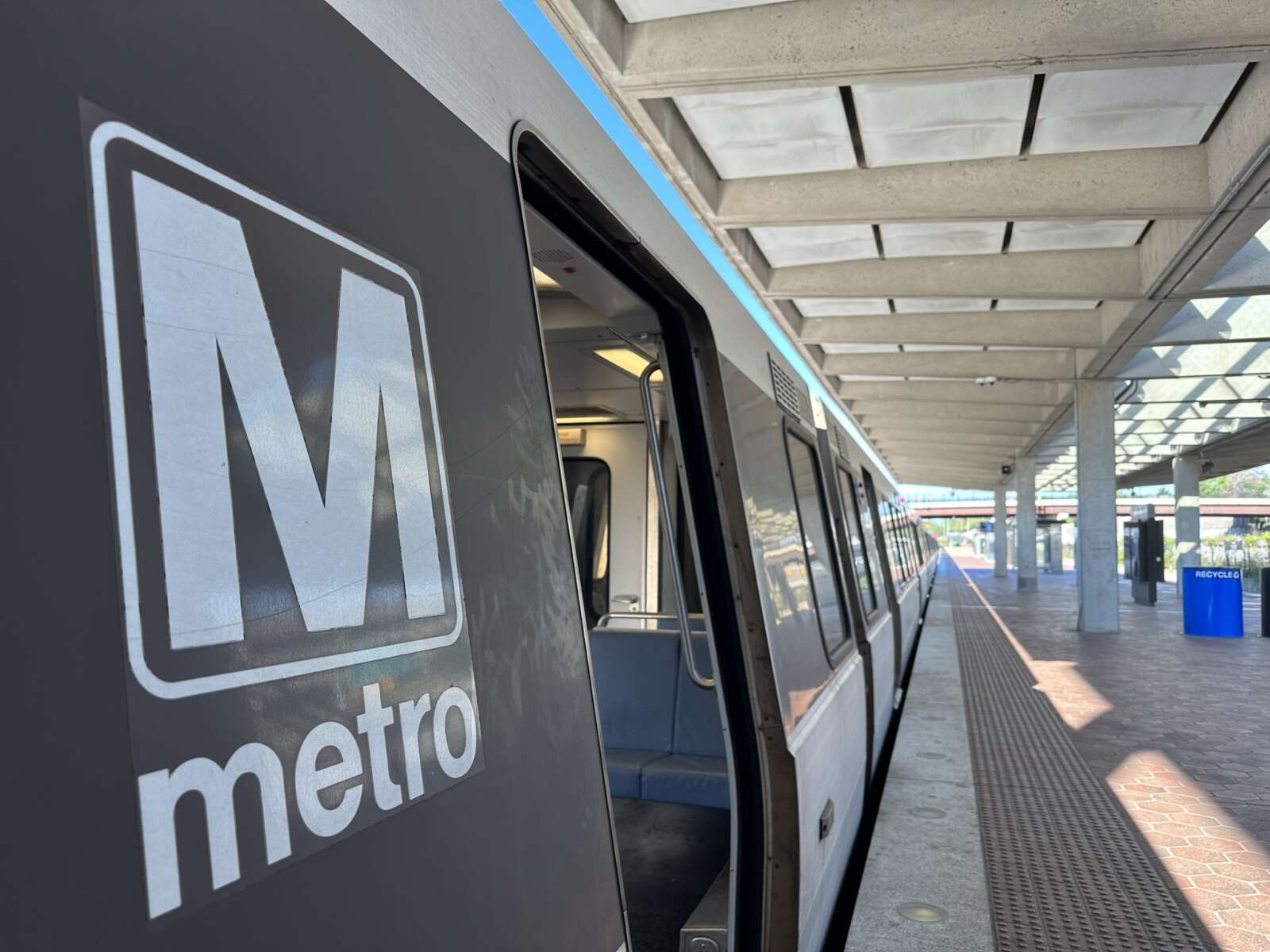
As Metro considers ways to address a looming $750 million shortfall and stave off changes to its operations, officials are requesting jurisdictions, including Virginia, review their options to help address the funding deficit that threatens thousands of jobs and various services.
Metro hopes policymakers in the commonwealth will consider adjusting the state law that sets a 3% cap on the growth of Virginia’s annual payment to the Washington Metropolitan Area Transit Authority. Dedicating more funding to Metro and overlooking the demands of other transportation projects, however, concerns some lawmakers and transportation leaders.
The shortfall
[Earlier this month], Metro officials made their case to Virginia leaders at the Commonwealth Transportation Board’s work session and joint House and Senate Transportation meeting in Arlington.
“We are obviously trying to avoid the cuts, but to do that, we need the cap [readjusted] and the certainty around funding,” said Randy Clarke, general manager and CEO of Metro, speaking at the Oct. 17 CTB work session.
As the agency faces a loss of COVID-19 relief funding at the end of the fiscal year, Metro officials said the reasons for the expected shortfall include revenue decreases since the COVID-19 pandemic, contractual commitments such as bargaining agreements and increased inflation costs.
In the meantime, Metro is focused on belt-tightening to avoid potential layoffs of about 5,000 employees, hiring freezes, and service cuts; the agency is also considering fare increases. Clarke said Metro is closely managing its operating expenses to help with carryover to the next fiscal year, and it could have a recurring fund of $50 million every year going forward for the next 10 years as part of an earlier initiative to create a savings plan.
“We’ve significantly reduced the …deficit for this year, but some of these are one-year solutions, but I think everyone again is just trying to figure out a more holistic path forward,” Clarke said.
On Oct. 19, Virginia Secretary of Transportation Shep Miller told the Mercury at the Governor’s Transportation Conference that region and state transportation leaders are considering Metro’s proposed shortfall. However, after speaking with committee members, it’s unclear which body will take up Metro’s request.
At the Oct. 17 work session, Miller said Metro is an important system and has been on “good footing” compared to previous years marked by management issues. Still, the agreement between the jurisdictions, and the millions of dollars each is being asked to contribute to Metro, is a difficult matter.
“Whether the number is 750 or whether it’s 500, or whether it’s 350, on an annual basis, [it] is going to be a choker for the folks that got to come up with the money,” Miller said.
3% cap
Clarke said Metro needs some clarity on what funding adjustments Virginia can make to address the expected deficit, ideally by December. To help address the $750 million shortfall, Metro officials are proposing Maryland and Virginia adjust their 3% cap on the growth of their annual payments to WMATA, which would require a one-time adjustment for fiscal year 2025.
However, in Virginia, any changes to the state law could be a lengthy process.
“Virginia, Maryland and the District all have different calendars and the timing and some of the things that the general manager and his team will have to enact or put in place [makes for] a very complicated situation that we’ll have to work through,” said Paul Smedberg, chair of the Metro Board of Directors. Read More

Residents are calling on the Fairfax County Park Authority to ensure that a trail is constructed on the south side of a new tunnel in Colvin Run Mill Park.
Construction on the $1.5 million tunnel under Route 7 as part of the widening of Leesburg Pike is currently underway. But the project, which is managed by state officials, lacks a 1,000-foot trail to the south side of the tunnel that would allow residents to walk to the park’s sites in Great Falls, Lake Fairfax and Gerry Connolly Cross County Trail.
In a recent call to action by the Friends of Colvin Run Mill, James Waller described the issue as a a “tunnel to nowhere” and urged members of the nonprofit to ask elected representatives to allocate carryover funds for the project.
Last month, the Fairfax County Board of Supervisors allocated $15.7 million to the park authority from the fiscal year 2023 budget carryover.
In a statement to FFXnow, Dranesville District Supervisor John Foust says he hopes the park authority will use a portion of the carryover funds for the trail.
“The Park Authority, however, is an independent agency with many needs and challenges,” Foust wrote. “I cannot mandate when the Park Authority will allocate funds for the construction of this trail, but I am confident they consider it a priority and are trying to make it happen.”
But carryover funds can only be used for system-wide maintenance projects and not new amenities, according to FCPA spokesperson Benjamin Boxer.
“The carryover funding received from the County is restricted to different uses and will not be a part of this project,” Boxer said.
Boxer said the park authority has authorized up to $200,000 for feasibility, environmental review and design for the future trail project.
“Work is progressing as the studies have been completed and we are entering into the design phase of the project so that when future funding is identified, we will be ready to pursue the project,” Boxer wrote in the statement.
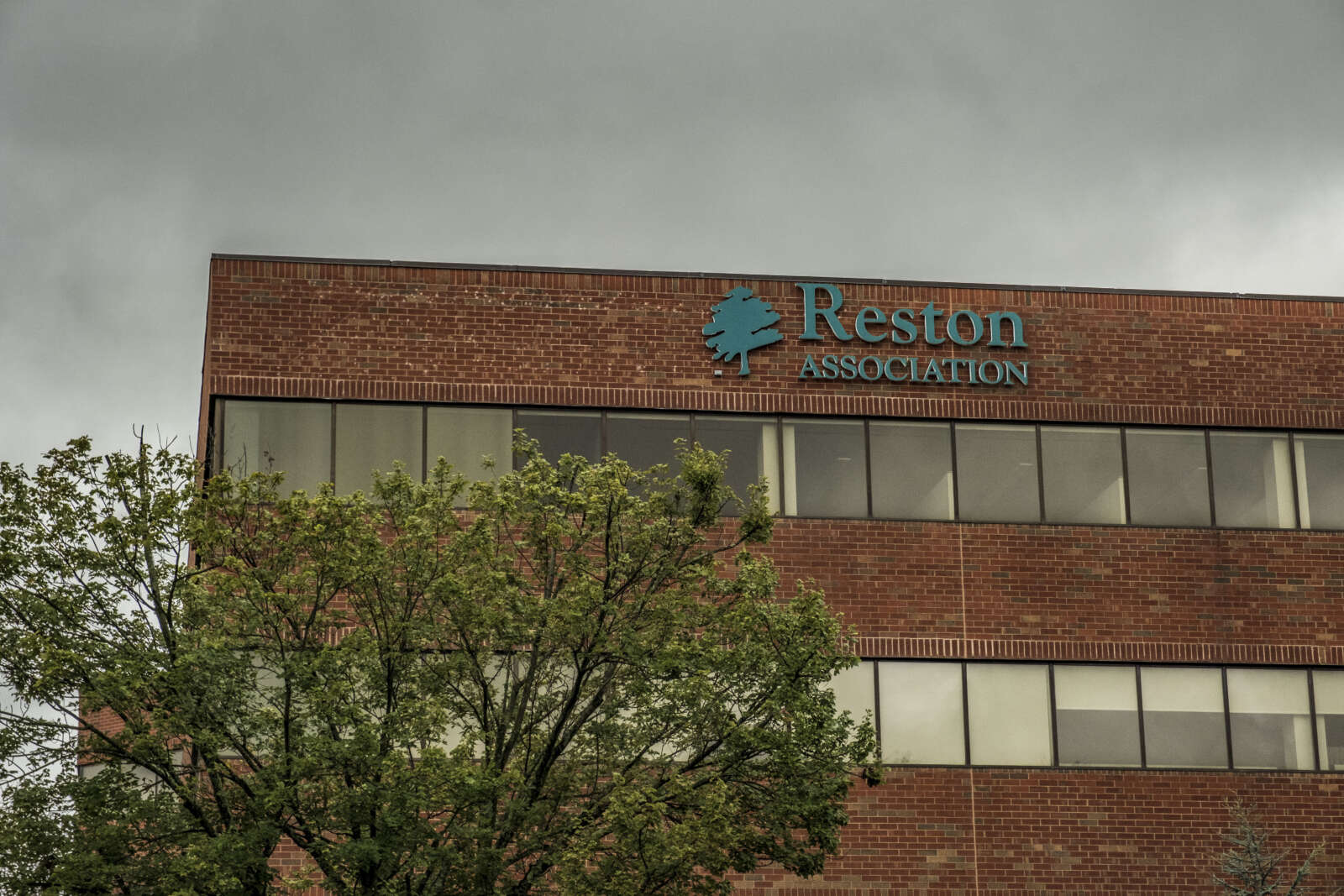
(Updated at 11:30 a.m.) Reston Association is considering a 10% increase in its annual membership assessment as part of a preliminary budget draft for fiscal year 2025.
The proposal — which is the first of what will likely be several drafts — was discussed at a Sept. 28 Board of Directors meeting. As previously reported, the budget would include new positions and cover membership recreational passes in the assessment fees.
Cummins said he plans to eliminate two positions in the budget — a staff accountant and a communications manager.
“These additions represent a more strategic approach to interdepartmental coordination, decision making and providing service for the membership,” Cummins wrote in a memo.
The fee would stand at $840 compared to $763 last year if RA uses $700,000 in cash to buy down the true cost of the membership fee. Without a cash infusion, the assessment would rise to $872.
New proposed positions could include a chief financial officer, land use planner, information technology director and business analyst.
Recreational passes would also be free for all RA members, returning the organization to a previous model that wrapped passes into the annual assessment paid by members. Some programs — like Totally Trucks — would also be included in the assessment. Nonmembers would still have to pay for passes and other events.
Cummins also hopes to increase lifeguard wages to bring them along with decreases in some recreation and Central Services Facility staff. The total increase amounts to $90,000.
“We are fairly behind in terms of the hourly pay rate,” Cummins said.
The budget also includes $30,000 in funding for a salary and compensation study and merit increases of up to 5%.
The proposal also included adding a convenience fee for credit card use, allowing RA to avoid absorbing $245,000 in annual charges from credit card companies. The convenience fee of $2.95 per credit card swipe would result in $25,000 in annual revenue.
A 20% “nominal” fee increase for boat permits is also proposed, Cummins said.
Final action on the budget is not expected until November.
“Tonight is just the beginning of the process,” RA board president John Farrell said at the Sept. 28 meeting.

